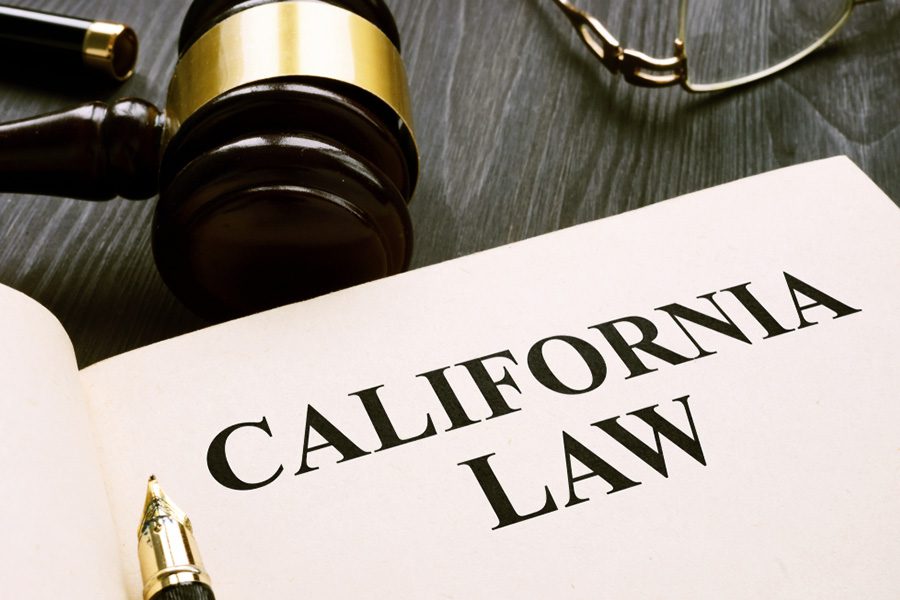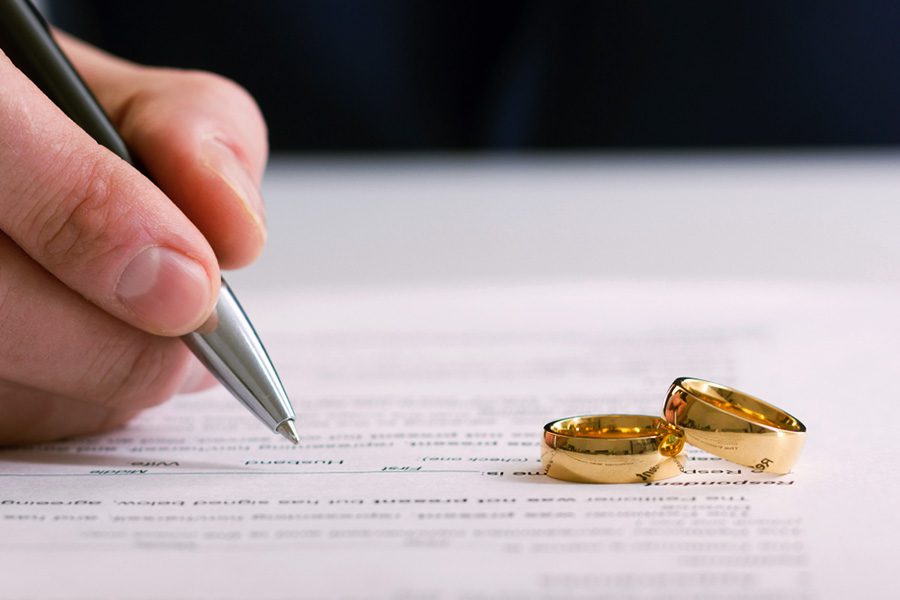It takes two to marry, but only one must pursue to end a divorce in the state of California. Default divorce can make the process more straightforward for couples seeking a divorce where one of the couples involved refuses to agree on the divorce terms. But what is a default divorce in California, exactly? If you are starting the process, it is essential to understand default divorce, the circumstances leading to default divorce, and what the process entails.
With that in mind, we will explore how to file a default judgment for divorce in California below.

What Is a Default Divorce in California?
According to California state law, a default divorce is when the court grants divorce without cooperation or, in some cases, knowledge of the other spouse. There are several circumstances for a default divorce in California.
Often, default divorce occurs when one spouse files for the dissolution of a marriage and the other spouse fails to respond to the petition.
Default divorce is sometimes referred to as a “true” default divorce. But California also allows spouses to get an uncontested divorce through the default divorce process with a settlement agreement.
We understand how complex divorces are to understand and navigate, so whenever you need a divorce lawyer in California, contact us and one of our family law experts will be able to offer quality guidance.
Circumstances leading to a default divorce
If you are seeking a default divorce, you need to be aware of the circumstances leading to it.
Failure to respond to divorce petition
After you serve your spouse, they have 30 days to respond from the day they’ve been served. If your spouse fails to respond within the response period, you may file for a default.
After 30 days, you can fill out the Request to Enter Default (form FL-165). With this form, you ask the court to enter default divorce due to a failure from your spouse to respond. The divorce case can continue if the respondent is refusing to cooperate.
Absence of agreement or dispute resolution
If there is no settlement agreement and your partner is uncooperative, the judge will only consider your proposed judgment. Without an agreement or response from your spouse, the court will make its decisions based on the information you provide. You may request a default judgment that includes all your requested orders in your divorce petition. This is a true default and is difficult to “prove-up” so skilled family law professionals are necessary if you want this to get ordered by the court and include all the requests you are seeking.
Default with agreement
The respondent doesn’t need to file a response in a divorce by default with agreement benefit regarding default divorce with agreements is that there’s no need to divide the assets evenly. Even if the assets are split unevenly, the court still grants you the divorce decree.
Default with agreement includes the following steps:
- Disclosure of financial information – complete and up-to-date information about your and your spouse’s finances.
- Write your agreement – you and your spouse must write your agreement, sign it, and notarize it. The agreement should include child custody, visitation and support, property division, and alimony details.
- Finalize the divorce – the agreement will be submitted, and the divorce will be completed after the judge signs it.

Legal implications of defaulting in a divorce case
If you are the respondent and do not file a response after you are served divorce papers, your spouse can request a default. This means that the court can legally decide the case without your participation. The court will only consider and order what your spouse asks without needing to hear your side.
The Process: How Long Does a Default Divorce Take in California?
Filing for divorce and serving the spouse
To start the process, you file your Petition for Divorce (form FL-100) and the Summons (form FL-110) with your local county court. You must serve copies of these forms to your spouse.
Response period and waiting periods in California
Your spouse has 30 days from receiving the forms to respond and file their forms with the court. If you cannot locate your spouse, you may serve them by publication or posting. If there is no response, you can file for default after 30 days.
California State Laws: Legal Rights and Protections in Default Divorce
Sometimes, people try to get a divorce without informing the other spouse. For example, a petitioner may intentionally avoid informing their spouse and try to get a default divorce.
If this happens, the responding spouse may look to reverse the default divorce judgment. If you are the respondent, you may file a Request to Set Aside Default on the following grounds for relief:
- Mistake, inadvertence, surprise, or excusable neglect.
- Not getting a notice of the summons and petition in time to file a response.
- Judgment against you obtained by fraud, perjury, duress, mental incapacity, etc.
- Non-compliance with the disclosure requirements.
Having a competent attorney is crucial to protecting your rights. With Moore Family Law Group, you get an experienced attorney who helps you navigate the legal complexities.

Conclusion
What is a default divorce in California? The above matters described above give a condensed overview of the complexities of this issue. True defaults are procedurally complicated. It is also important to remember that a default divorce in California is also available for couples going through an uncontested divorce. If you and your spouse have a written settlement agreement, the petitioner can file for a default or our law firm can help you navigate this process. This is common when the parties choose mediation.





